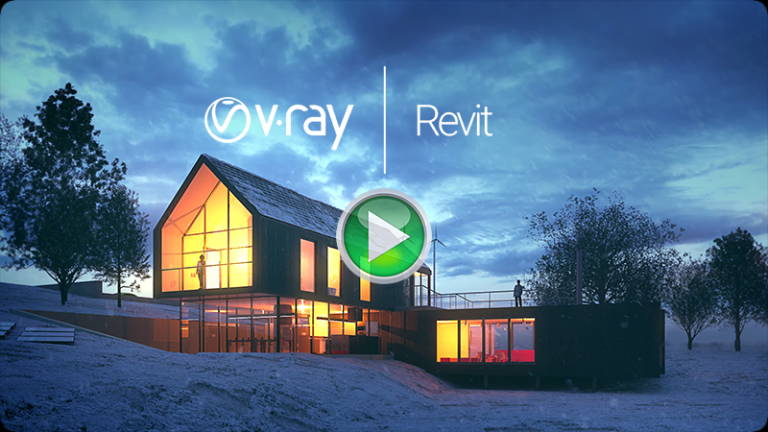
Basically, all you need to do is to run a command prompt from the ply2vrmesh tool location, which is C:\Program Files\Chaos Group\V-Ray\V-Ray for Revit\tools. You can find plenty of such files online.ģ. vrmesh, visit our help page here: Ī very common format is the. For a list of all supported file formats, which can be converted to. vrmesh using the ply2vrmesh.exe converter.

Therefore, you will need to convert some other files to. vrmesh, you can either drag&drop it over the RPC you want to replace, or you can navigate to it using the file browse dialog that pops up in the RPC Proxies tab of the V-Ray Asset Browser.Ģ. To replace an RPC with a V-Ray Proxy first you need to have a proxy, i.e. Authors of this textbook believe that information presented in the book will be useful for students and will inspire their imagination in creation of photorealistic static 3D scenes and also will be helpful in creation of animations and visualization of data in an effective and professional way.1. The textbook was prepared for students of the specialization ,Modelling and Visualization in Bioinformatics'' but it should be helpful to anyone who is interested in computer graphics, modelling techniques, animation and visualization of data.

Using those software one can obtain photorealistic renderings and visualizations. In Chapter 6 freeware software such as POV Ray, MayaVi and Deep View are described.

Chapter 5 is about lights, materials, textures, colours that all are needed to enrich a severe appearance of pure geometrical objects leading to their photorealistic visualizations. Chapters 1-4 describe transformations in the plane and in the space, and geometrical forms of graphical objects such as curves, patches and fractals.

This textbook presents basic concepts related to modelling and visualization tasks.


 0 kommentar(er)
0 kommentar(er)
